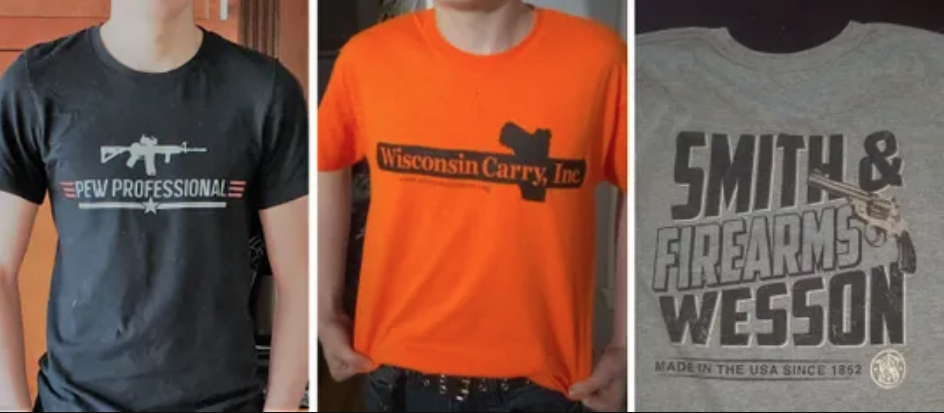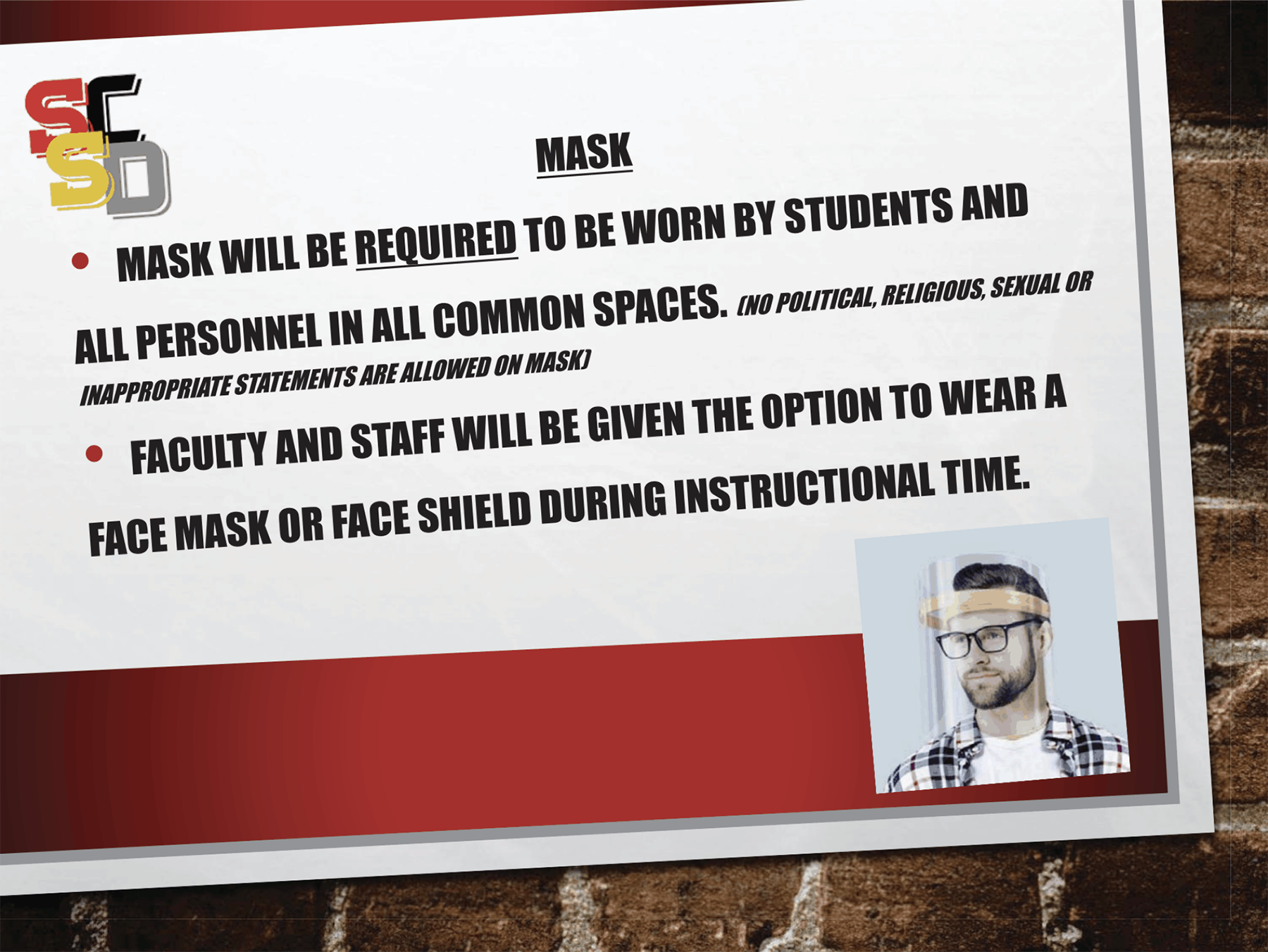A federal court ruled that two Wisconsin public schools that banned students from wearing clothing with depictions of firearms did not violate students’ First Amendment rights.
“Unlike those who enjoy hunting, trap shooting, or other forms of marksmanship, or who appreciate the history and importance of firearms as essential tools for personal, family, and national defense, many people today fear guns. That fear may not be entirely rational, but it is no less real,” William C. Griesbach, a judge for the United States District Court for the Eastern District of Wisconsin wrote in an opinion filed on May 3rd.
See previous story: Parents of Two High School Students Sue Over Right to Wear Gun T-Shirts in Class
The ruling stems from two lawsuits filed by parents of a middle school student and two high school students who were prohibited from wearing t-shirts with images of guns. The parents argued that the schools’ dress codes violate their childrens’ First Amendment rights to express their support for the Second Amendment.
Typically, in handling cases involving student speech, courts apply a test developed by the Supreme Court in Tinker v. Des Moines (1969), which requires school officials looking to censor student expression to show that the targeted speech would lead to a substantial material disruption at the school. Before Tinker, school officials had far more power to limit student expression.
In this case, Griesbach did not think the Tinker test was necessary because the school’s dress code policy did not discriminate based on the viewpoint of the speaker; the dress code applied “regardless of whether [the images] are pro-gun or anti-gun.”
“Tinker’s substantial disruption test is not applicable to restrictions on student speech in non-public forums where the restriction is viewpoint neutral,” Griesbach explained. The judge pointed out that the restriction at issue in Tinker selectively targeted a specific political viewpoint associated with a specific symbol.
Having eliminated the Tinker test, Griesbach applied a lower standard of scrutiny called rational basis–whether the policy was reasonably related to legitimate pedagogical or educational concerns. Due to the prevalence of school shootings, Griesbach believed that school had a reasonable interest in limiting gun imagery. Furthermore, this concern was not based on abstract fears: in 2019, a student at a nearby school was shot and injured by police after bringing a firearm to school.
“To the extent such fear and anxiety among students or staff arises, whether intentionally provoked or not, it undermines in those students who experience it the sense of safety and bodily security that are essential to promoting and maintaining an effective learning environment. Promoting and maintaining an effective learning environment are important pedagogical goals,” Griesbach wrote.
Griesbach’s decision to side with the schools came as an unpleasant surprise to free speech scholars who thought their dress codes were overly restrictive. Catherine J. Ross, the Fred C. Stevenson Research Professor of Law at George Washington University Law School, said that the judge should have applied the Tinker test.
“Although at first glance, many might share the concern about anxiety regarding school shootings that apparently motivated the restriction the school district imposed, this decision is yet another lamentable encroachment on student speech rights.
In Griggs v. Fort Wayne School Board (2002), an Indiana district court reached the opposite conclusion-–I believe correctly. Griggs held that the school could not enforce a content-based ban on depictions of guns without meeting the Tinker test, which requires the school to show facts that might reasonably lead it to forecast material disruption based on a t-shirt showing a gun. In this case, it does not appear that the Wisconsin schools had evidence that would lead them to reasonably anticipate the t-shirt would cause a material disruption. A risk of hurt feelings or anxiety, no matter how justified those feelings may be, Justice Alito has pointed out, are not enough to silence protected expression even in a school.
Depictions of guns on shirts might be used to deplore gun violence just as much as they may be worn to celebrate the Second Amendment. Those who celebrate guns, and those who call for gun control are both engaging in political speech—this ruling diminishes their ability to express themselves on a pressing contemporary issue,” Catherine said.
Ross is the author of the book Lessons in Censorship: How Schools and Courts Subvert Students’ First Amendment Right.
Tags



